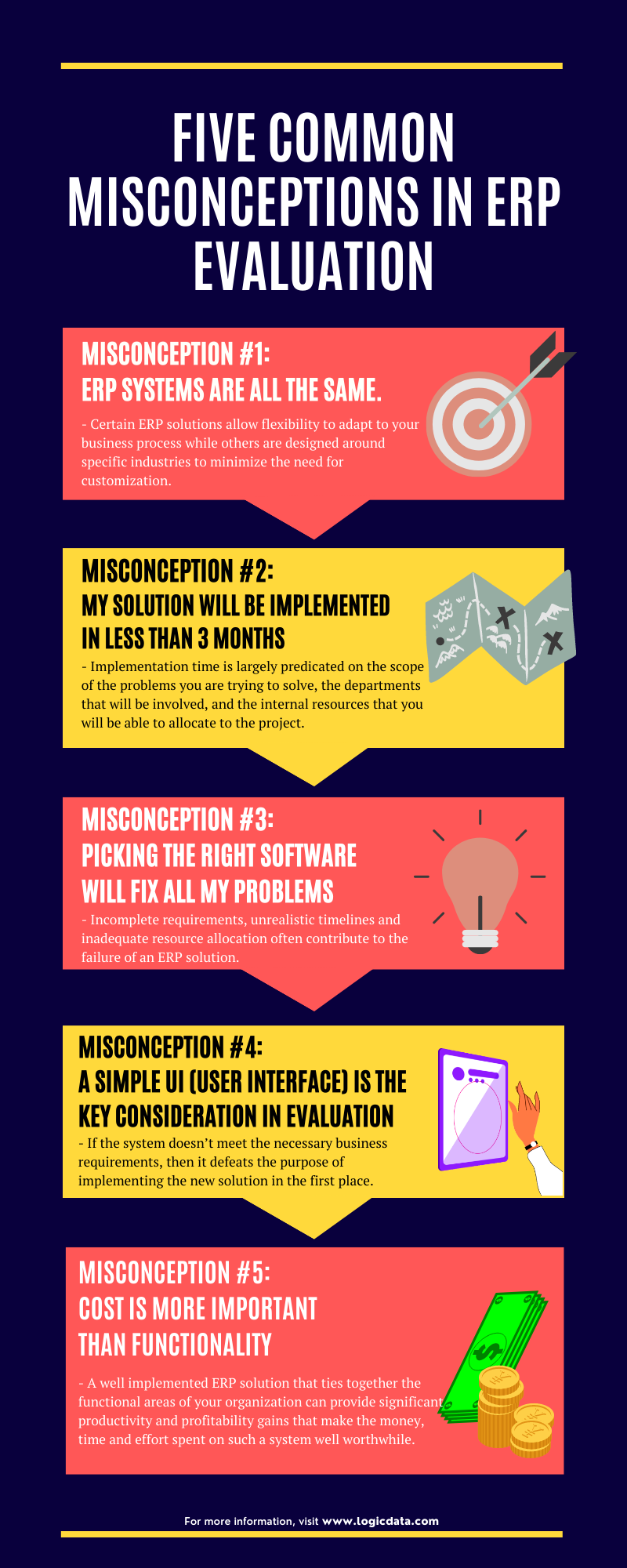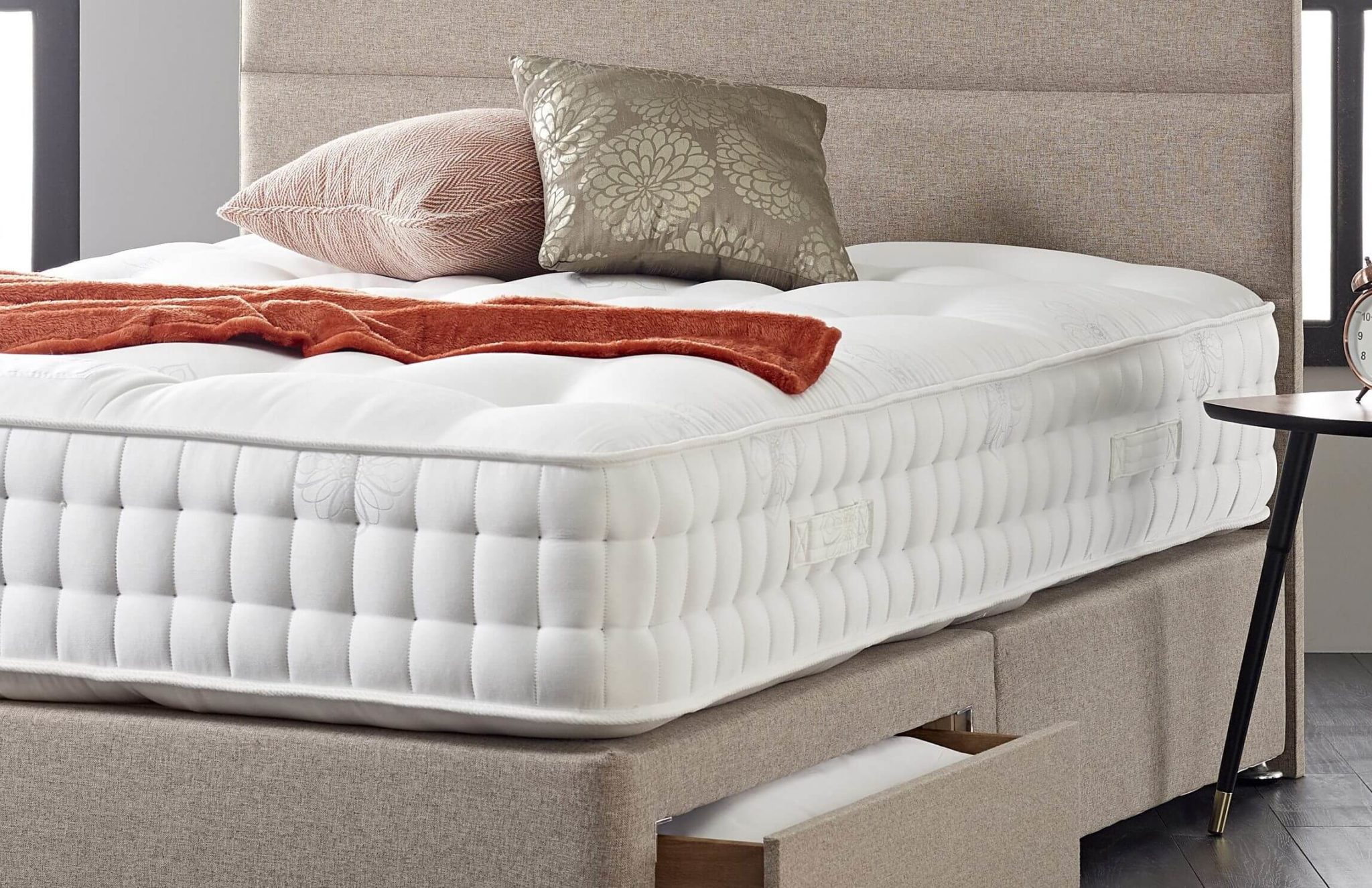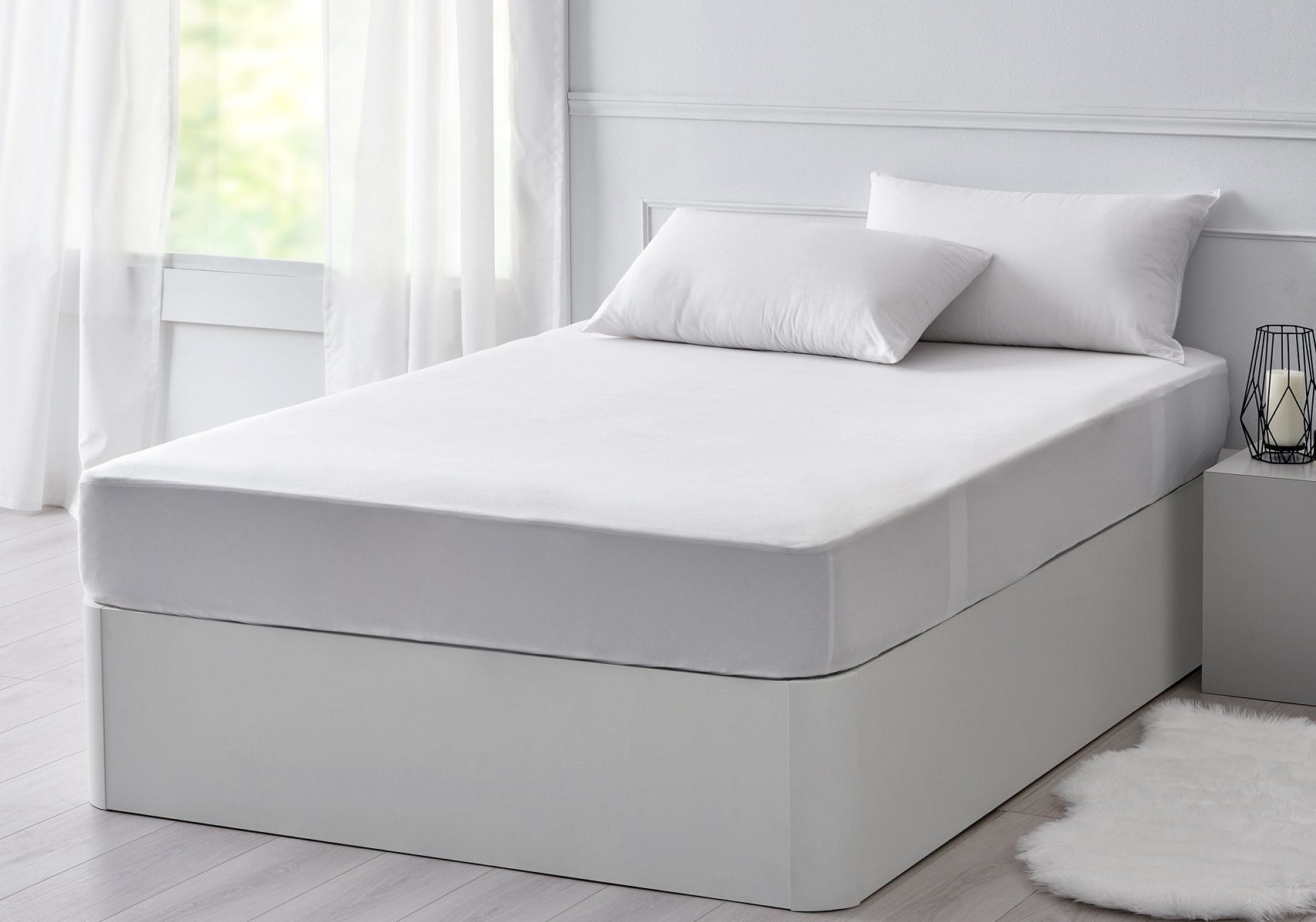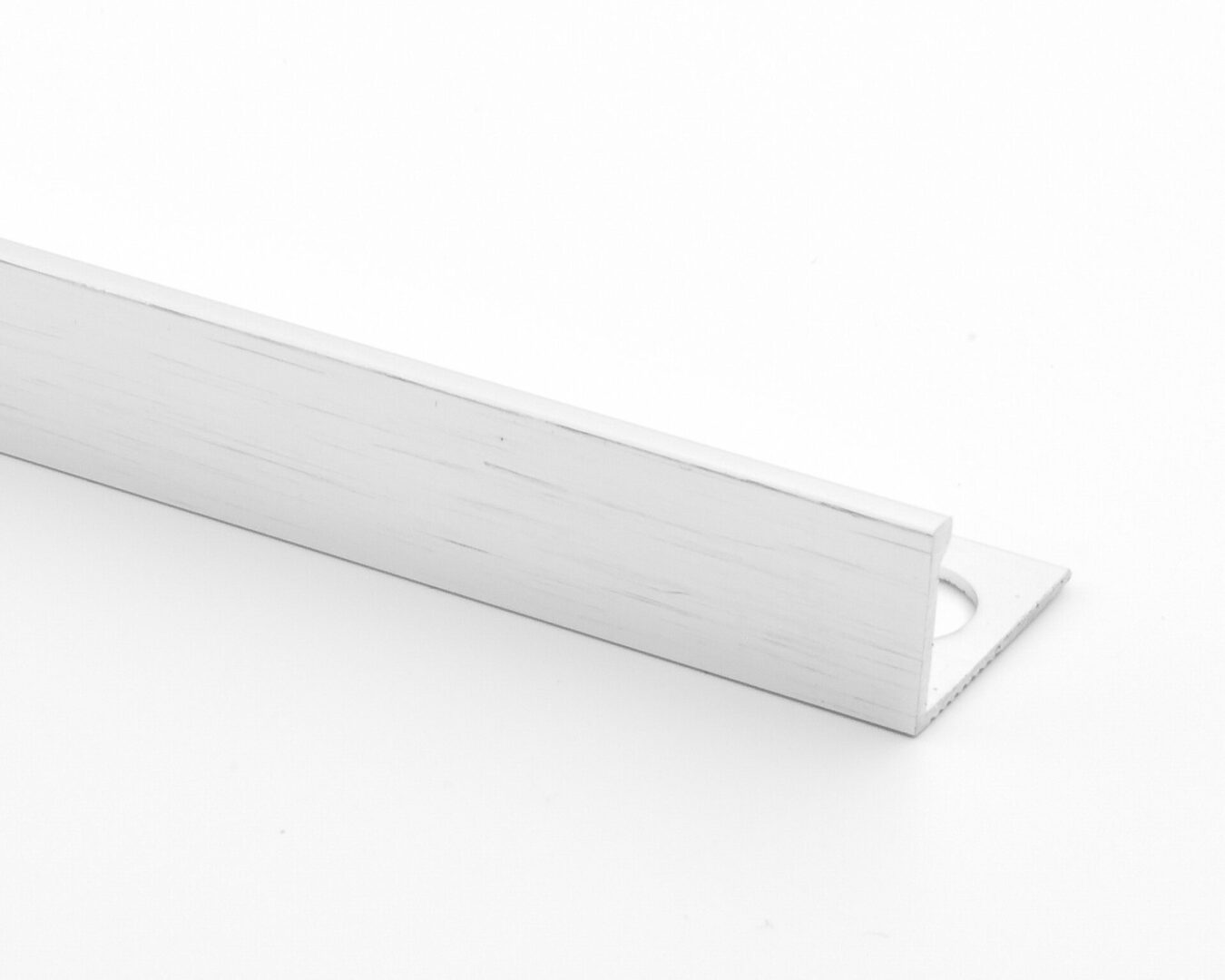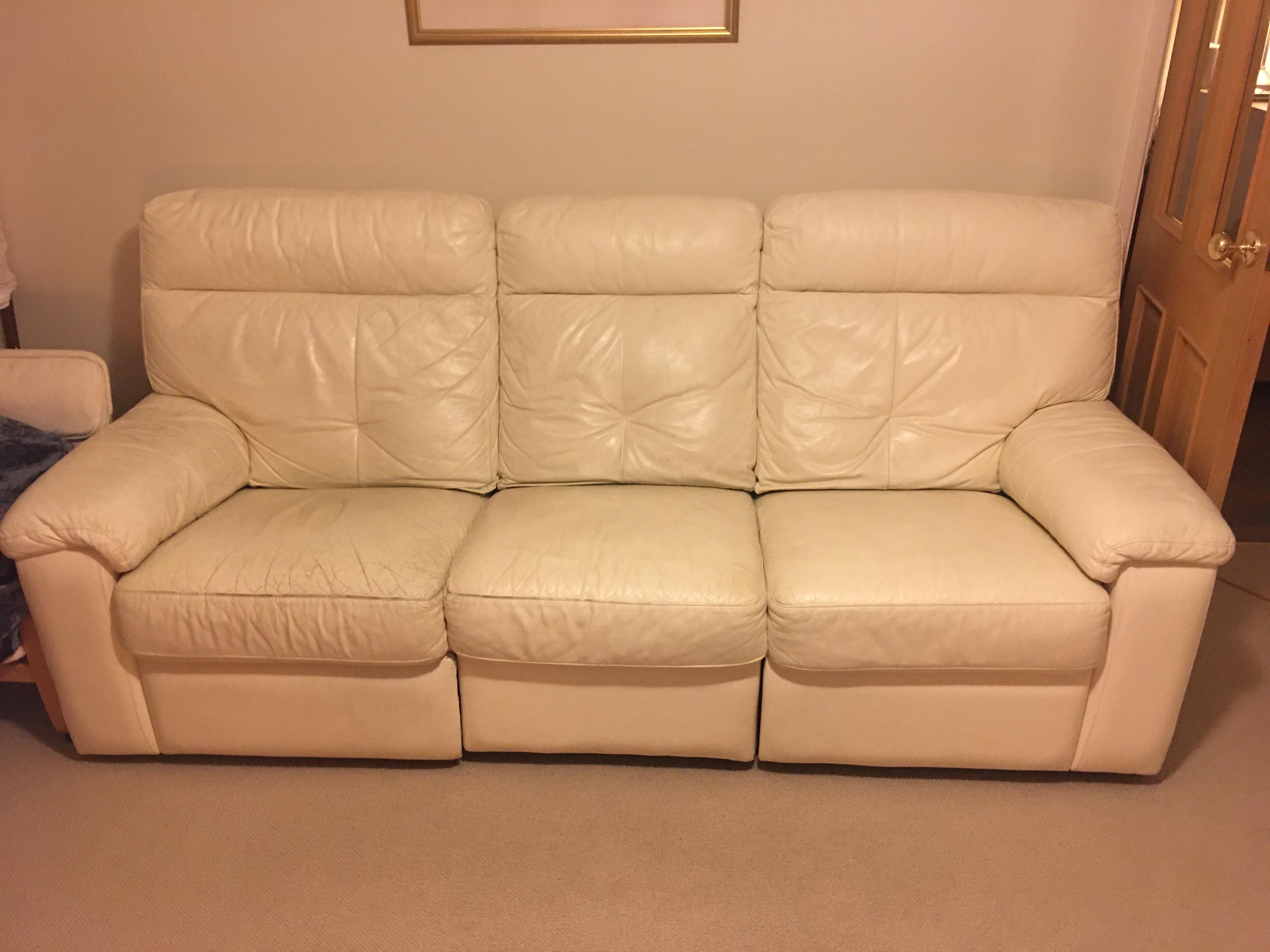1. Tips for Adjusting to a Firmer Mattress
Transitioning to a firmer mattress can be a big adjustment for some people, especially if you have been used to sleeping on a softer surface. However, there are a few tips that can help make the process smoother and ensure a comfortable night's sleep.
If possible, try to gradually ease into a firmer mattress by sleeping on it for a few hours at a time before making the switch completely. This will give your body time to adjust and prevent any sudden discomfort.
Another helpful tip is to invest in a mattress topper or pad that can add a layer of cushioning to your new firmer mattress. This can provide some extra comfort while your body gets used to the firmer surface.
It's also important to give yourself time to adapt to the new mattress. Don't get discouraged if it takes a few weeks to feel completely comfortable. Your body needs time to adjust to any change, and a firmer mattress is no exception.
2. How to Get Used to a Firm Mattress
Adjusting to a firmer mattress may take some time, but there are a few things you can do to make the process easier. First, make sure your mattress is properly supported and you are using the right pillows for your new sleeping surface. This can make a big difference in your overall comfort level.
Additionally, consider incorporating some gentle stretches and exercises into your daily routine to help alleviate any muscle soreness that may come from sleeping on a firmer mattress.
Another helpful tip is to pay attention to your body's positioning while you sleep. If you are feeling discomfort in certain areas, try adjusting your sleeping position to see if that helps. Over time, your body will adjust and you will find the most comfortable way to sleep on your new mattress.
3. The Benefits of Sleeping on a Firmer Mattress
While adjusting to a firmer mattress may take some time, the benefits of sleeping on one can make it well worth the effort. Firmer mattresses offer more support for your spine, which can help alleviate back pain and improve posture. They also promote better blood circulation and can prevent the sinking sensation that often comes with softer mattresses.
Firmer mattresses are also great for those who sleep on their backs or stomachs, as they provide a more even distribution of weight and prevent pressure points from forming. Plus, firmer mattresses tend to be more durable and can last longer than softer ones, making them a smart investment for your sleep health.
4. Firm Mattress vs. Soft Mattress: Which is Better for You?
Choosing between a firm mattress and a soft mattress ultimately comes down to personal preference and what works best for your body. However, there are some general guidelines that can help you determine which option is better for you.
For those who suffer from back pain or need extra support, a firmer mattress can provide the necessary cushioning and alignment for a good night's rest. On the other hand, if you prefer a plush and cozy sleeping surface, a softer mattress may be the way to go.
It's important to try out different mattresses and see which one feels most comfortable for you. Remember, what works for someone else may not necessarily work for you, so trust your own body's needs and preferences when making your decision.
5. How to Make a Firm Mattress More Comfortable
If you find yourself struggling to adjust to a firmer mattress, there are a few things you can do to make it more comfortable without sacrificing its supportive qualities.
One option is to invest in a high-quality mattress topper or pad. These can add a layer of cushioning and provide a softer feel while still maintaining the firmness of the mattress.
Another trick is to rotate your mattress regularly. This can help prevent any uneven wear and tear, which can affect the overall comfort level of the mattress. Additionally, try adding extra pillows or adjusting your sleeping position to see if that helps alleviate any discomfort.
6. The Best Sleeping Positions for a Firm Mattress
The best sleeping position for a firm mattress is one that allows for proper spinal alignment and prevents pressure points from forming. For most people, this means sleeping on your back or stomach.
If you're a back sleeper, try placing a pillow under your knees to help maintain the natural curve of your spine. For stomach sleepers, place a pillow under your hips to prevent any sinking and maintain proper alignment.
If you prefer to sleep on your side, a firmer mattress may not be the best choice as it can put pressure on your hips and shoulders. However, adding a mattress topper or pad can provide some extra cushioning and make side sleeping more comfortable on a firmer surface.
7. Why You Should Consider Switching to a Firmer Mattress
If you're still on the fence about whether a firmer mattress is right for you, consider the potential benefits it can offer. Not only can it improve your sleep quality and alleviate any discomfort, but it can also provide long-term benefits for your overall health and well-being.
Firmer mattresses are especially beneficial for those who suffer from back pain, as the extra support can help alleviate pressure on the spine and prevent any further discomfort. They can also improve posture and prevent any sagging or sinking that can occur with softer mattresses over time.
8. How Long Does it Take to Get Used to a Firmer Mattress?
The amount of time it takes to get used to a firmer mattress can vary from person to person. Some people may adjust within a few days, while others may take a few weeks. It's important to give yourself time to adapt and not get discouraged if it takes longer than expected.
Remember, your body needs time to adjust to any change, and a firmer mattress is no exception. Be patient and listen to your body's needs as you transition to your new sleeping surface.
9. The Top Firm Mattresses on the Market
If you're in the market for a new firm mattress, there are plenty of options to choose from. Some top-rated firm mattresses include the Tempur-Pedic ProAdapt, Serta iComfort Hybrid, and Sealy Posturepedic Hybrid.
It's important to do your research and read reviews to find the best mattress for your specific needs and budget. Remember, a good night's sleep is an investment in your health and well-being, so it's worth taking the time to find the right mattress for you.
10. Common Misconceptions About Firm Mattresses
There are several misconceptions about firm mattresses that may prevent people from considering them as an option. One common misconception is that firm mattresses are uncomfortable and cause back pain. However, when properly supported, a firm mattress can actually alleviate back pain and improve sleep quality.
Another misconception is that firm mattresses are only suitable for those who sleep on their backs or stomachs. While these sleep positions may benefit from a firmer surface, there are also options for side sleepers such as adding a mattress topper or pad for extra cushioning.
It's important to not discount firm mattresses based on these misconceptions and instead try them out for yourself to see if they can provide the comfort and support your body needs for a good night's sleep.
Benefits of a Firmer Mattress

Improved Posture
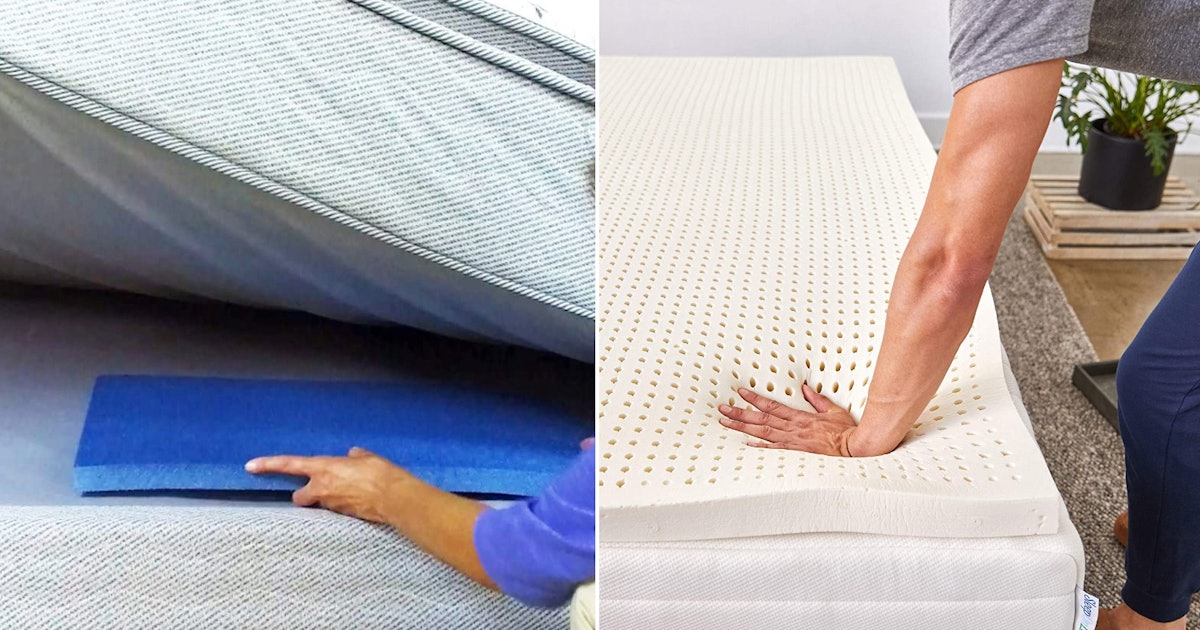 One of the main benefits of getting used to a firmer mattress is improved posture. Sleeping on a soft mattress can cause your body to sink in, leading to poor spinal alignment and potential back pain. A firmer mattress provides more support, keeping your spine in a neutral position and promoting proper posture. This can also help alleviate any existing back pain and prevent future issues.
One of the main benefits of getting used to a firmer mattress is improved posture. Sleeping on a soft mattress can cause your body to sink in, leading to poor spinal alignment and potential back pain. A firmer mattress provides more support, keeping your spine in a neutral position and promoting proper posture. This can also help alleviate any existing back pain and prevent future issues.
Reduced Pressure Points
 A firmer mattress can also help reduce pressure points on your body. When sleeping on a soft mattress, your body's weight is not distributed evenly, leading to discomfort and potential numbness in certain areas. A firmer mattress helps distribute your weight more evenly, reducing the pressure on specific points of your body. This can result in a more comfortable and restful sleep.
A firmer mattress can also help reduce pressure points on your body. When sleeping on a soft mattress, your body's weight is not distributed evenly, leading to discomfort and potential numbness in certain areas. A firmer mattress helps distribute your weight more evenly, reducing the pressure on specific points of your body. This can result in a more comfortable and restful sleep.
Better Sleep Quality
 Getting used to a firmer mattress can also improve the overall quality of your sleep. A comfortable and supportive mattress can help you fall asleep faster and stay asleep longer. This is because a firmer mattress reduces tossing and turning, allowing you to stay in a deep sleep for a longer period of time. As a result, you wake up feeling more refreshed and rejuvenated.
Getting used to a firmer mattress can also improve the overall quality of your sleep. A comfortable and supportive mattress can help you fall asleep faster and stay asleep longer. This is because a firmer mattress reduces tossing and turning, allowing you to stay in a deep sleep for a longer period of time. As a result, you wake up feeling more refreshed and rejuvenated.
Durability
 Firmer mattresses are typically made with denser materials, making them more durable and long-lasting. This means you won't have to replace your mattress as frequently, saving you money in the long run. Additionally, firmer mattresses tend to hold their shape better, so you won't have to worry about sagging or indentations that can occur with softer mattresses.
Firmer mattresses are typically made with denser materials, making them more durable and long-lasting. This means you won't have to replace your mattress as frequently, saving you money in the long run. Additionally, firmer mattresses tend to hold their shape better, so you won't have to worry about sagging or indentations that can occur with softer mattresses.
Adjustment Period
 It's important to note that getting used to a firmer mattress may take some time. Your body needs to adjust to the new level of support and may initially feel uncomfortable. It's recommended to give yourself at least a few weeks to get used to the new mattress before making a final judgment. If you're still experiencing discomfort after a few weeks, you may need to consider a different firmness level.
In conclusion,
switching to a firmer mattress can have numerous benefits for your overall health and sleep quality. Improved posture, reduced pressure points, better sleep quality, and durability are just a few of the advantages of getting used to a firmer mattress. While it may take some time to adjust, the long-term benefits make it worth the initial discomfort. Consider upgrading to a firmer mattress for a better night's sleep and improved overall well-being.
It's important to note that getting used to a firmer mattress may take some time. Your body needs to adjust to the new level of support and may initially feel uncomfortable. It's recommended to give yourself at least a few weeks to get used to the new mattress before making a final judgment. If you're still experiencing discomfort after a few weeks, you may need to consider a different firmness level.
In conclusion,
switching to a firmer mattress can have numerous benefits for your overall health and sleep quality. Improved posture, reduced pressure points, better sleep quality, and durability are just a few of the advantages of getting used to a firmer mattress. While it may take some time to adjust, the long-term benefits make it worth the initial discomfort. Consider upgrading to a firmer mattress for a better night's sleep and improved overall well-being.



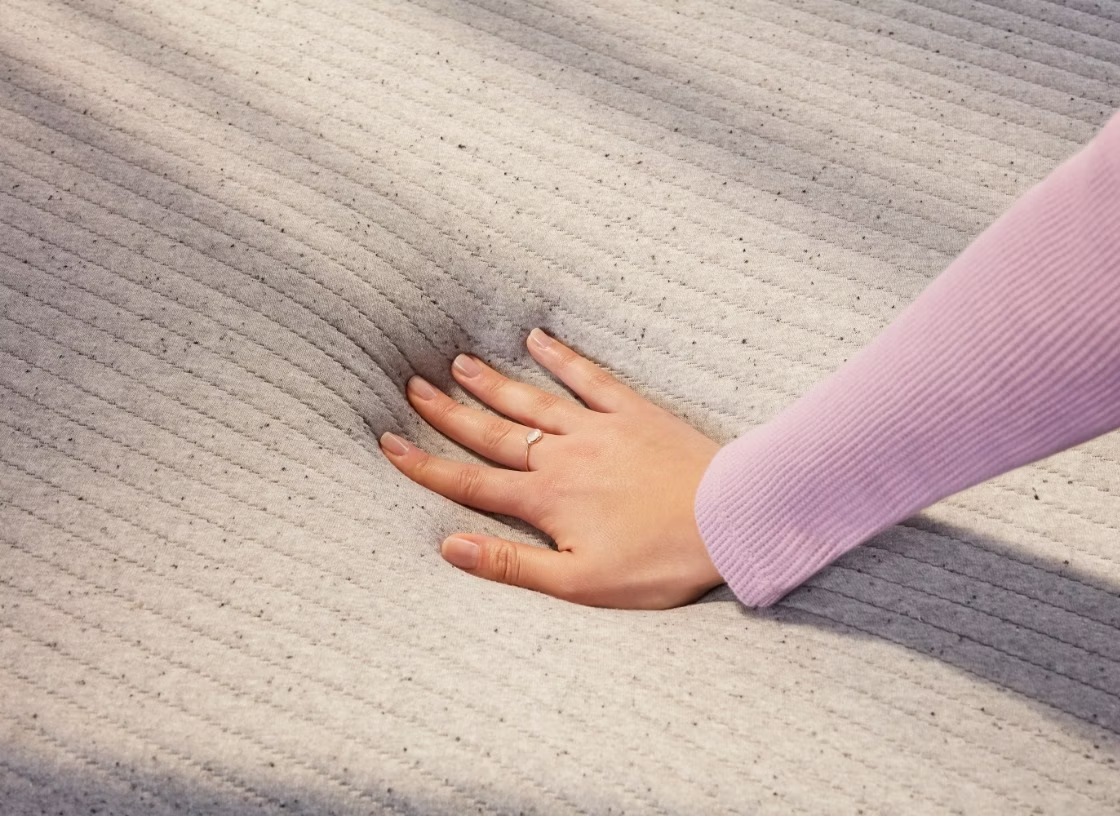
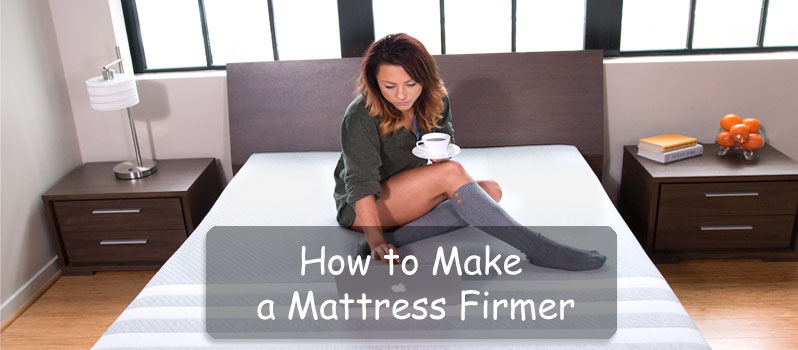

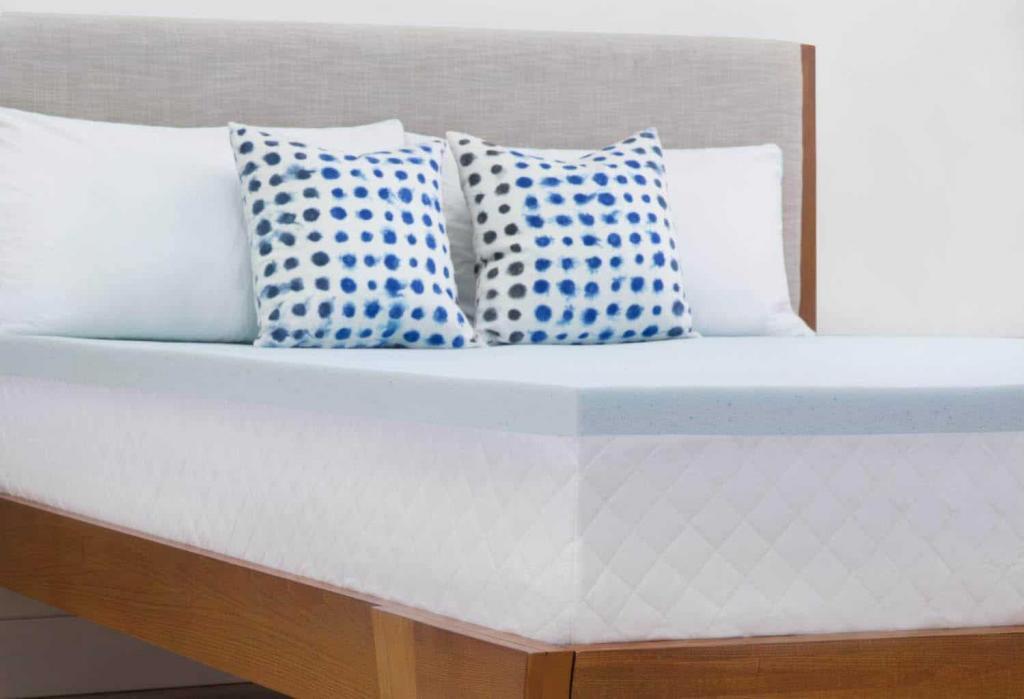
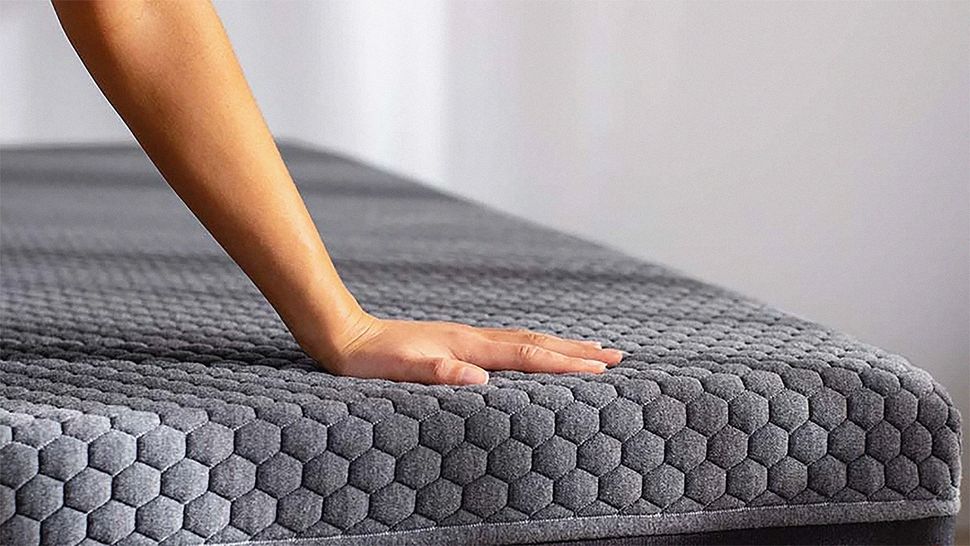
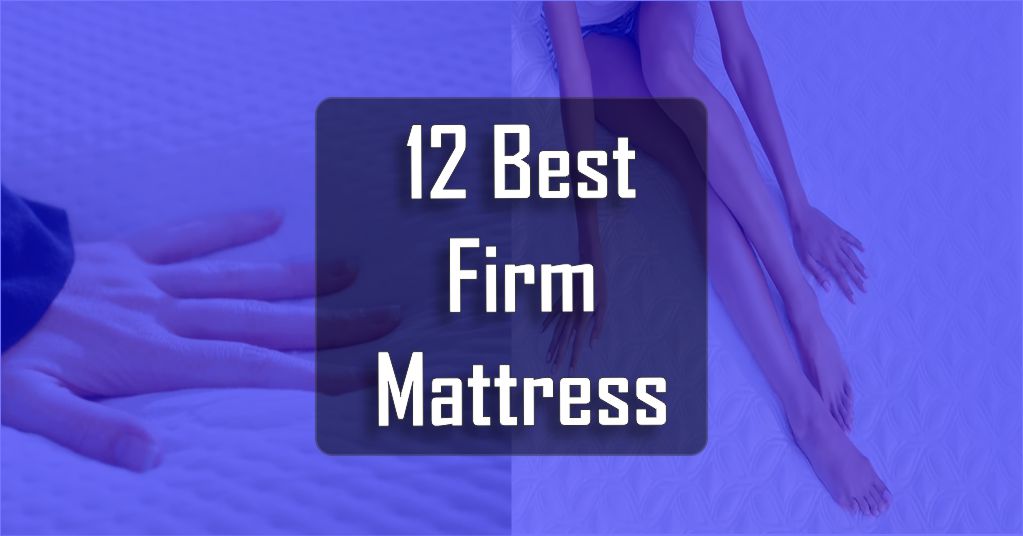

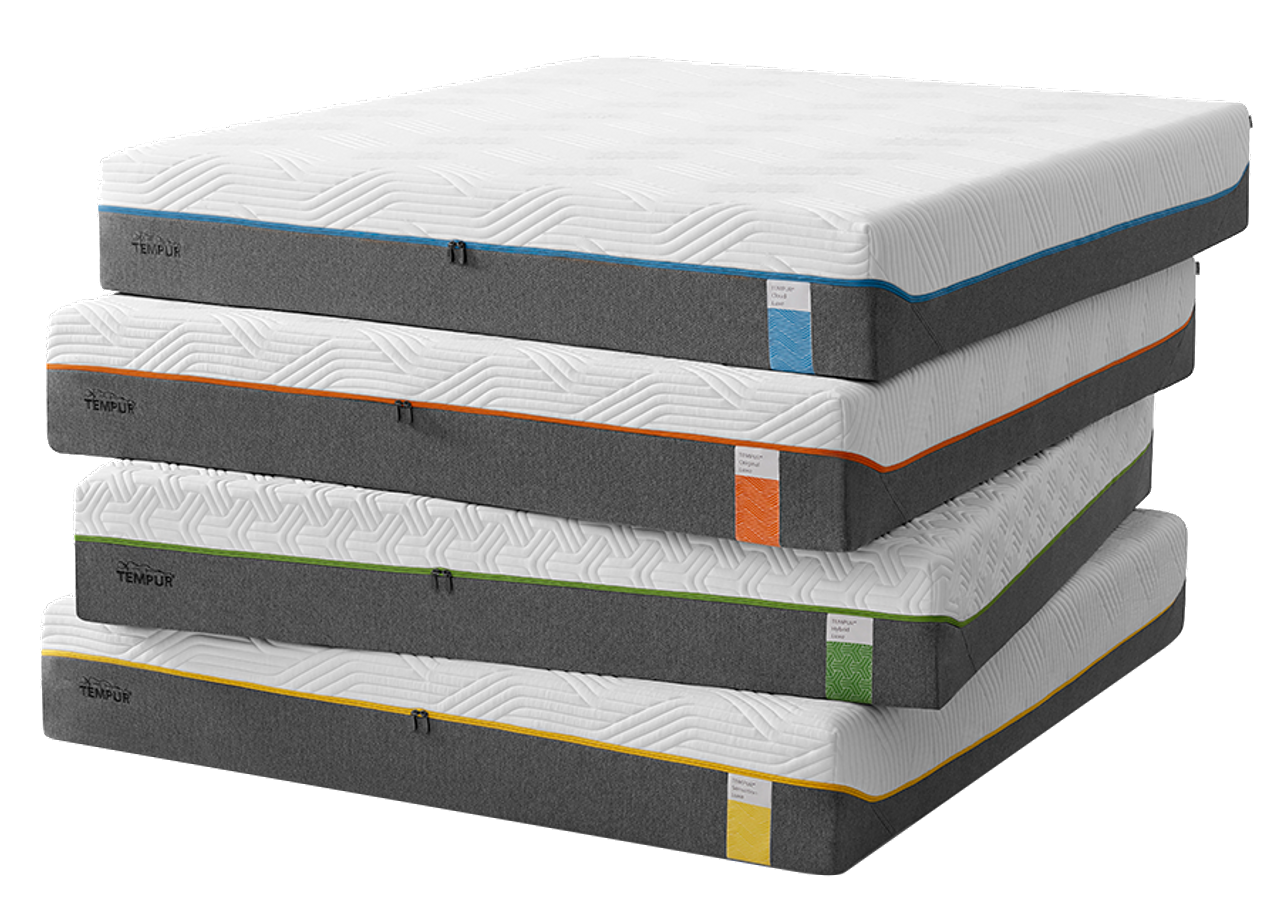







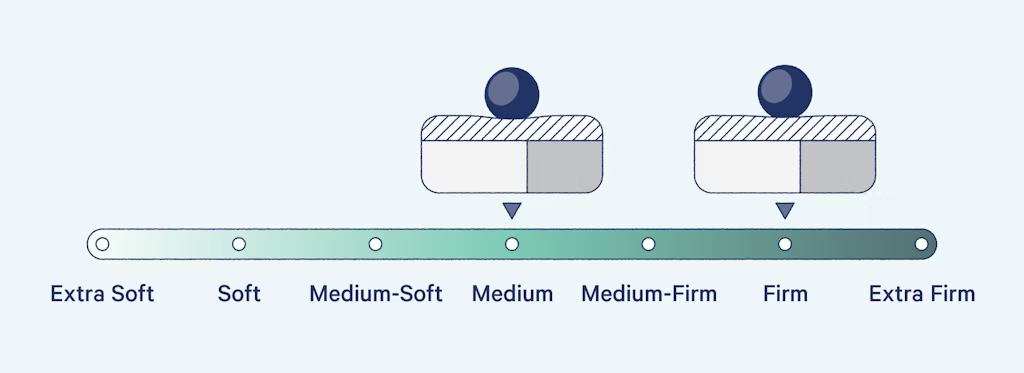
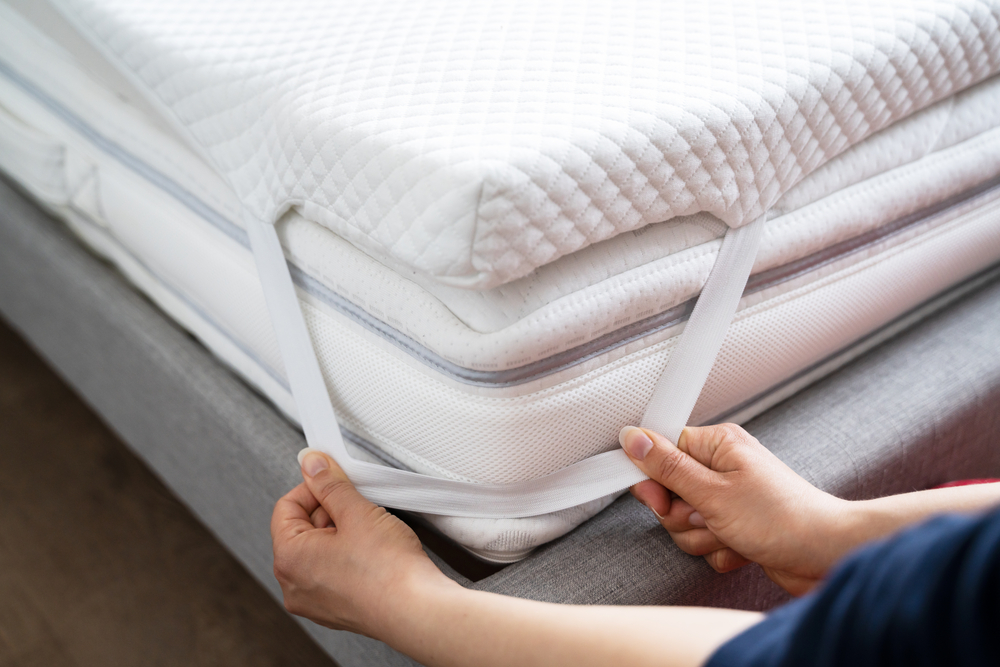






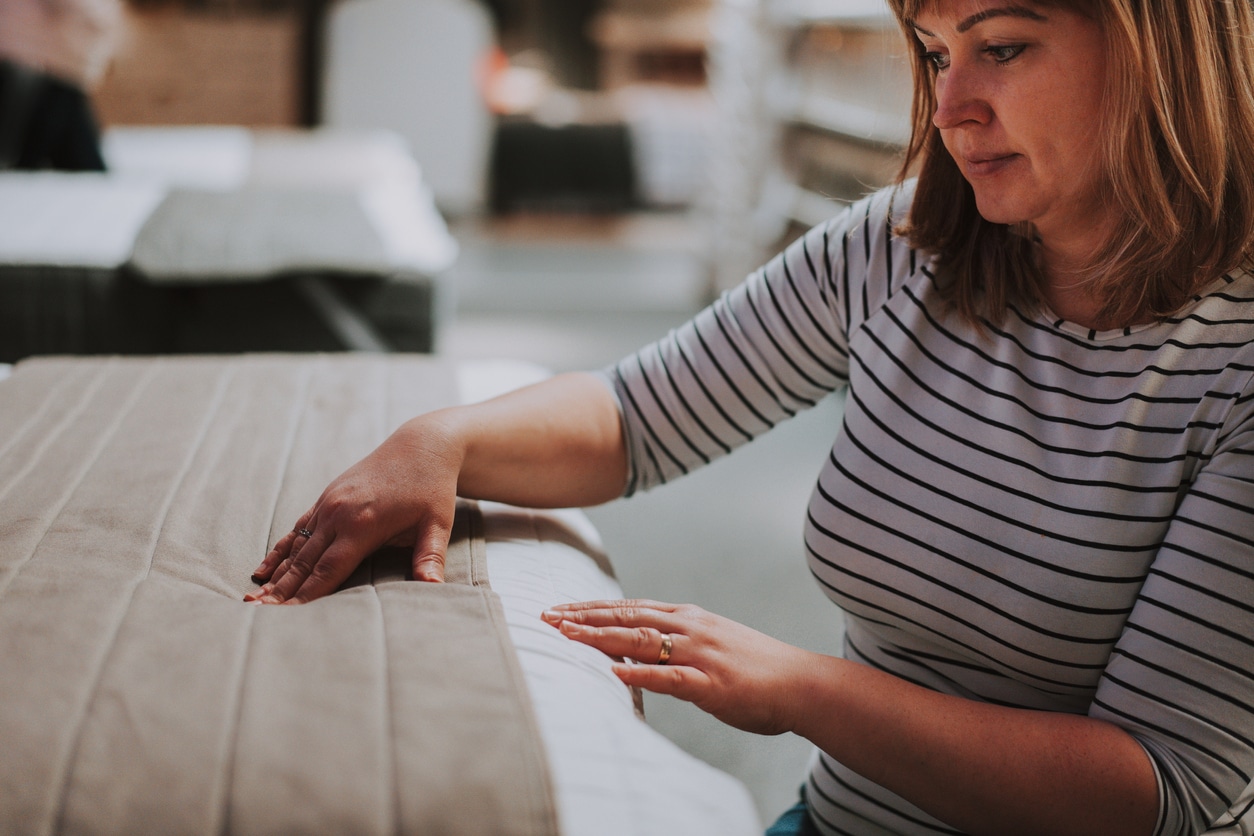

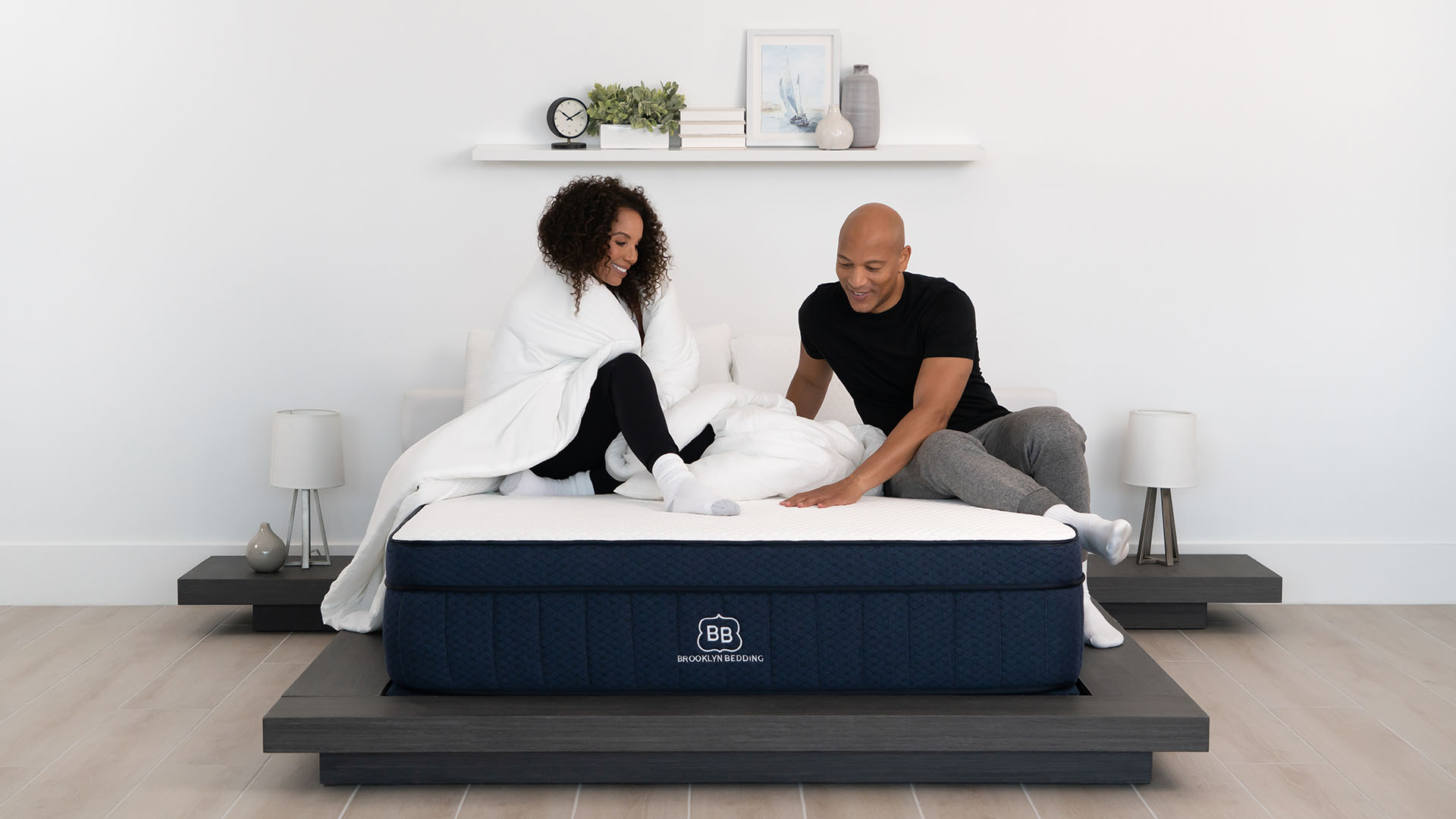





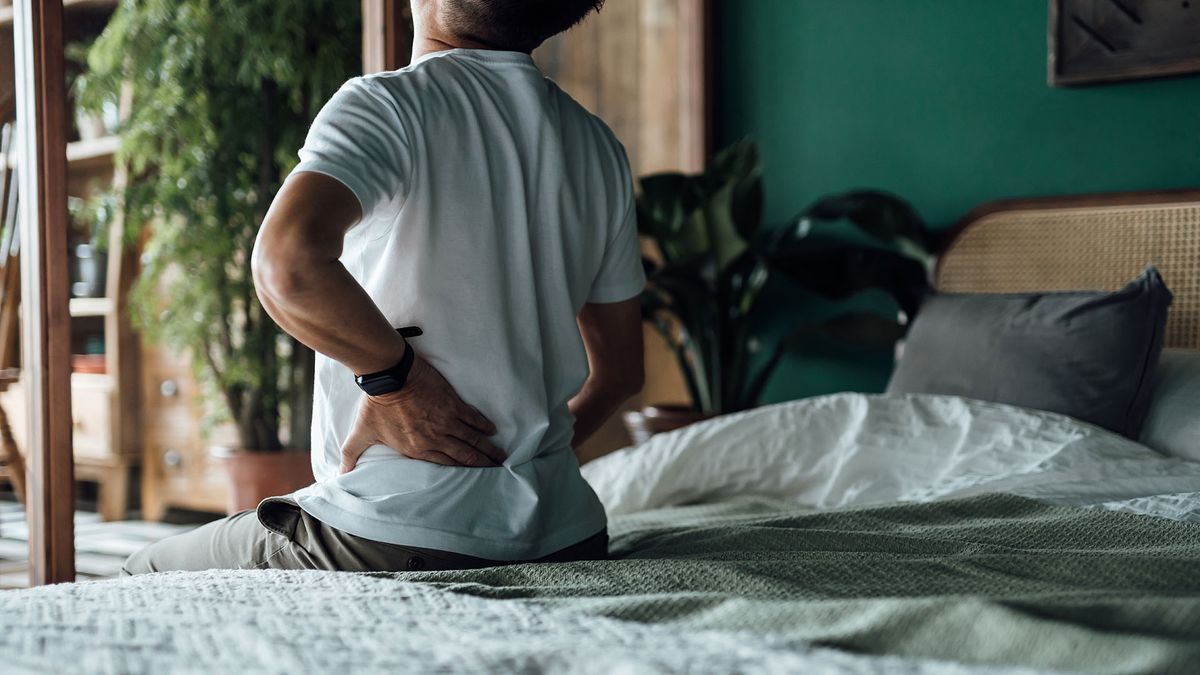







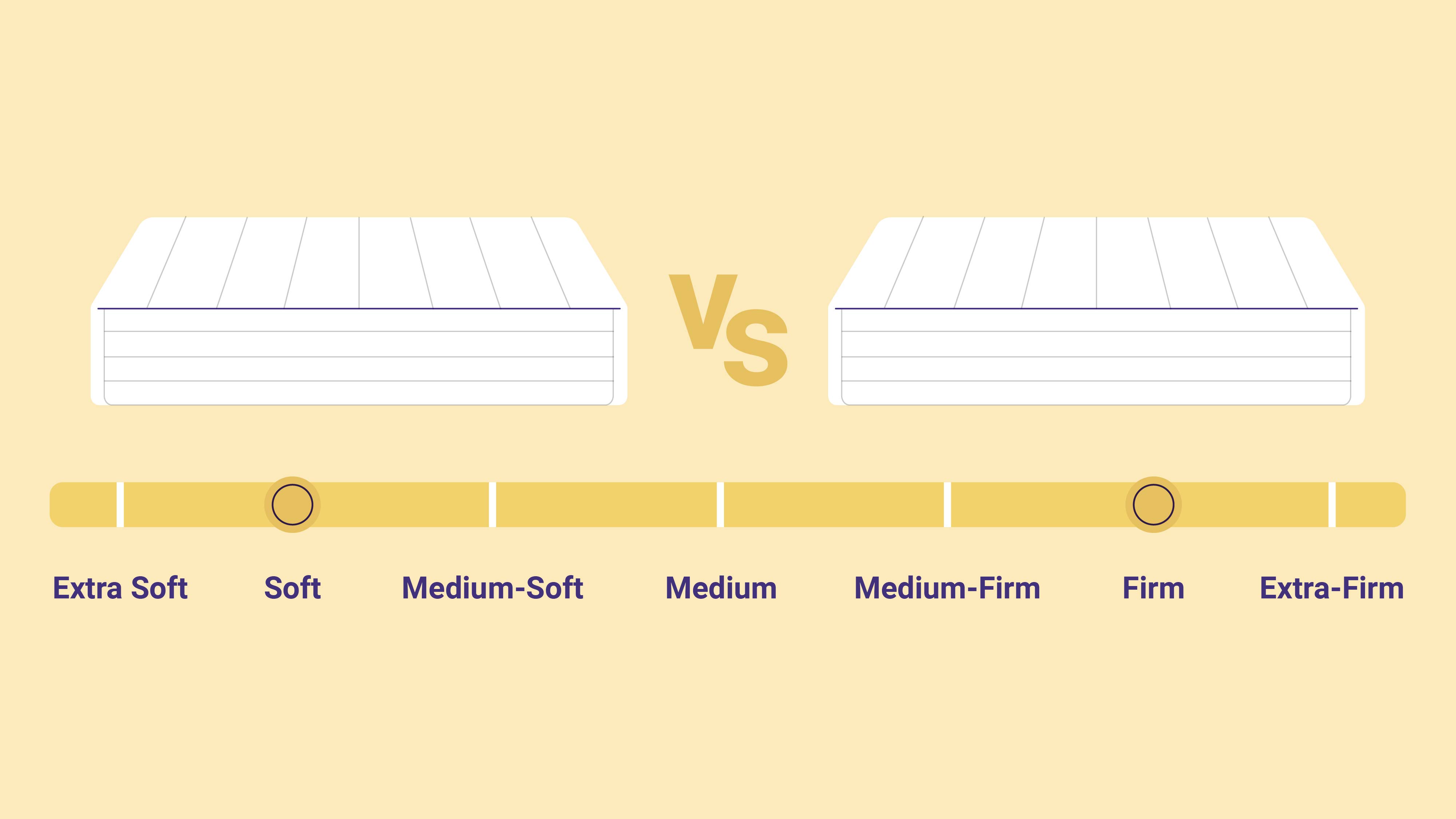
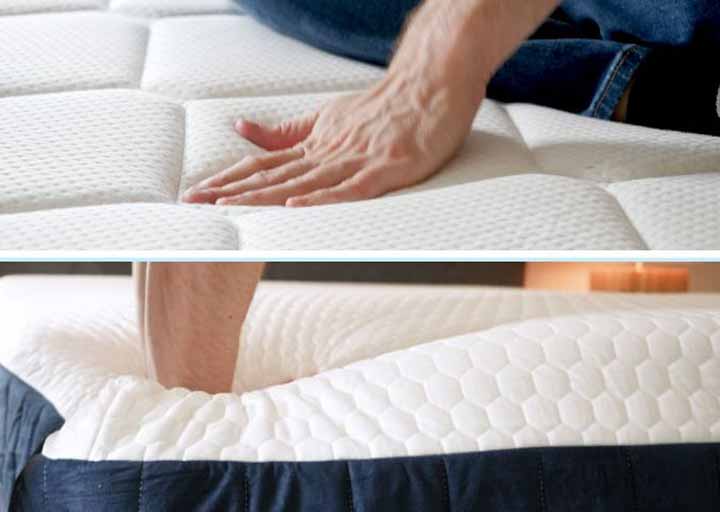






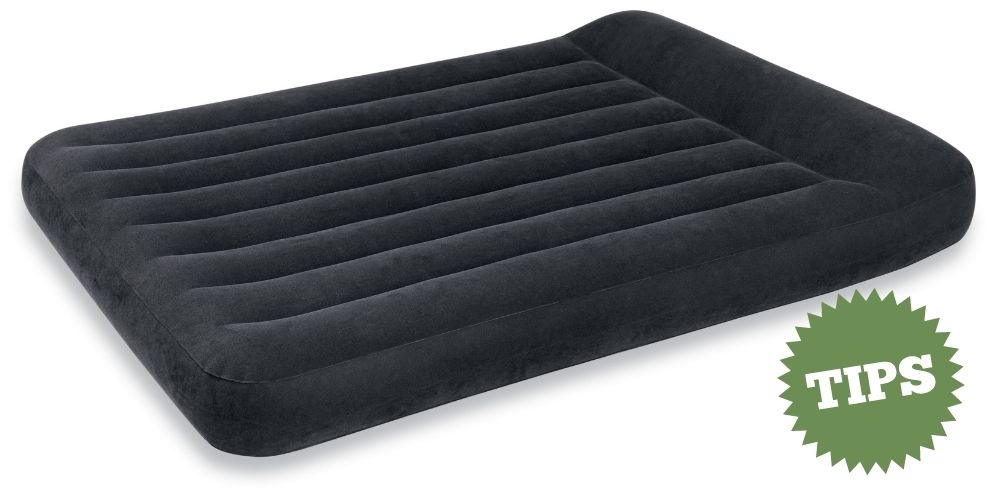

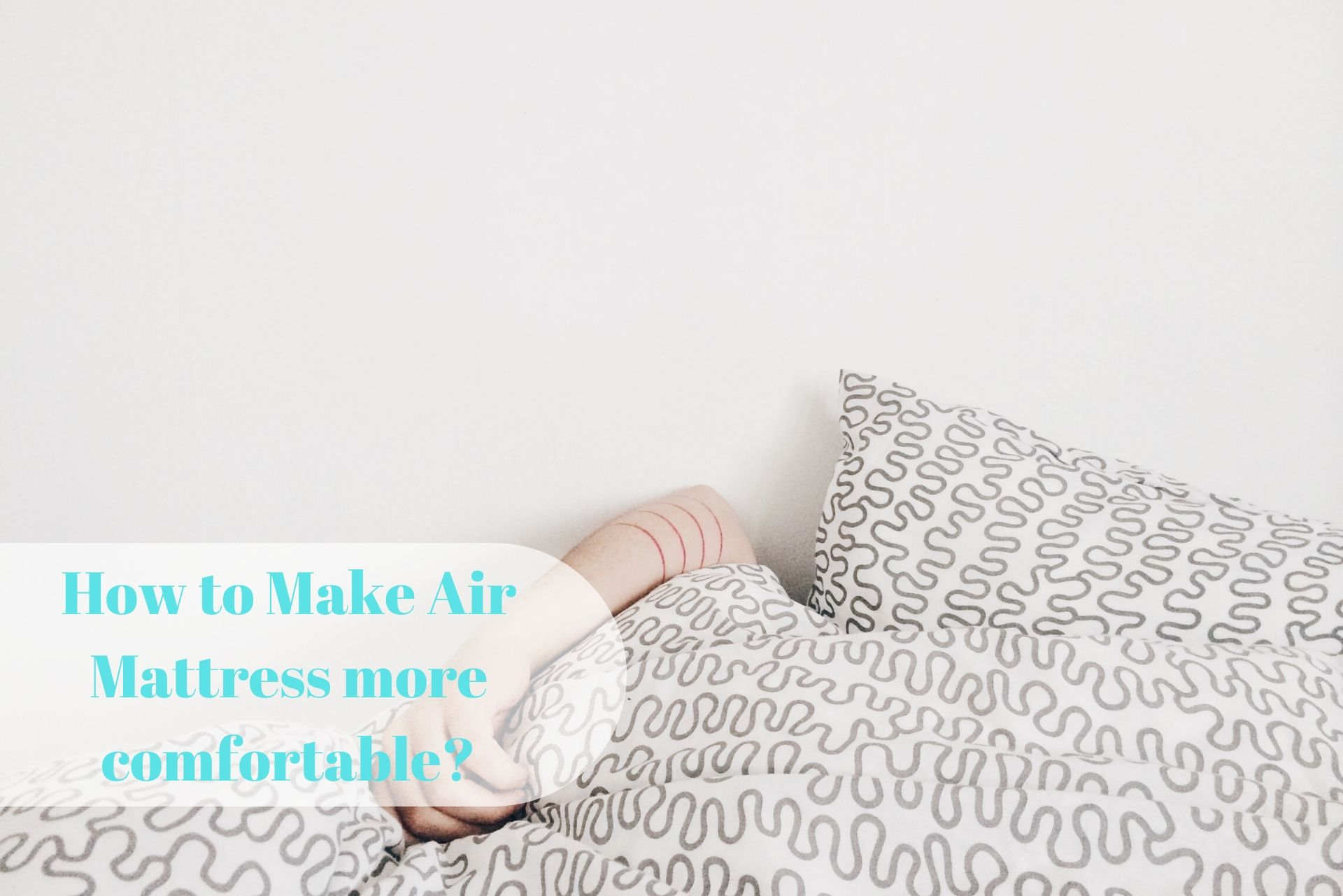






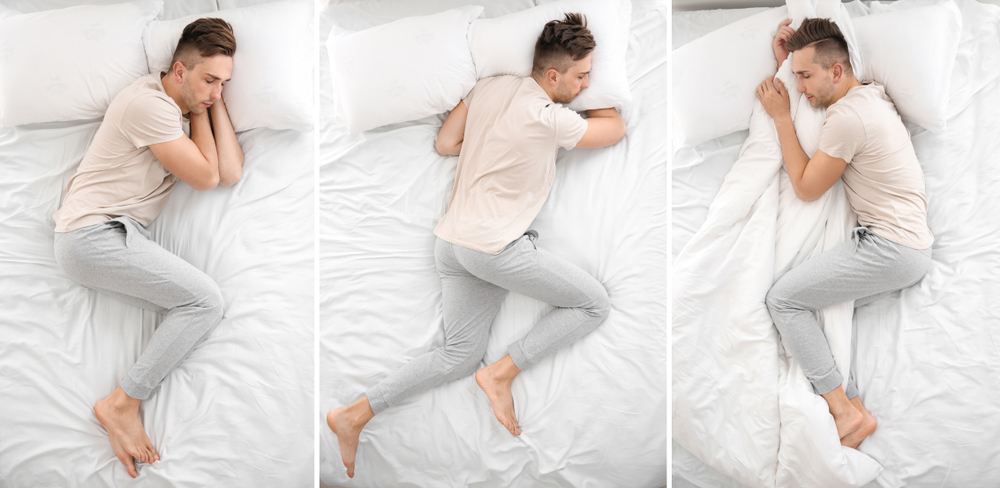
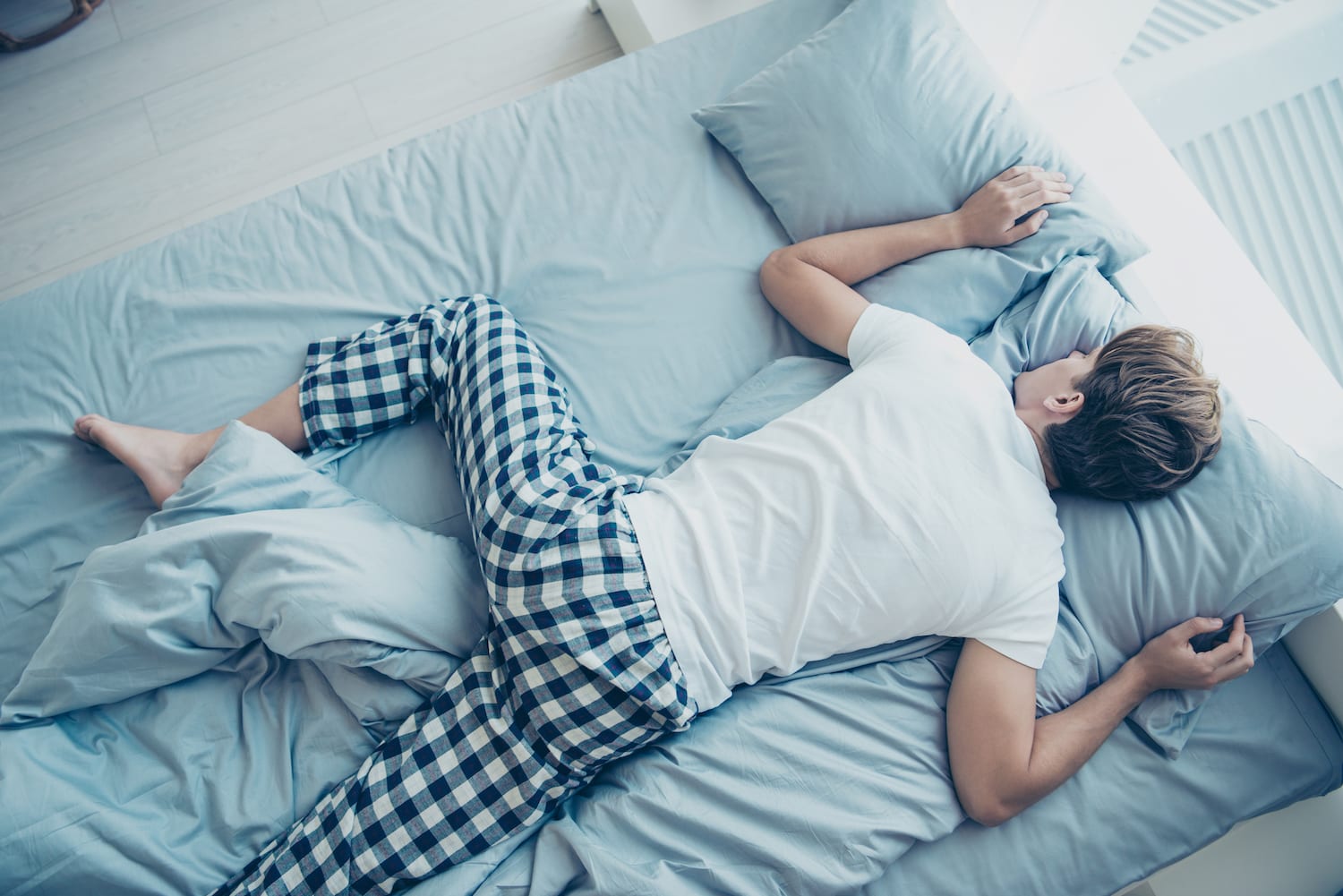


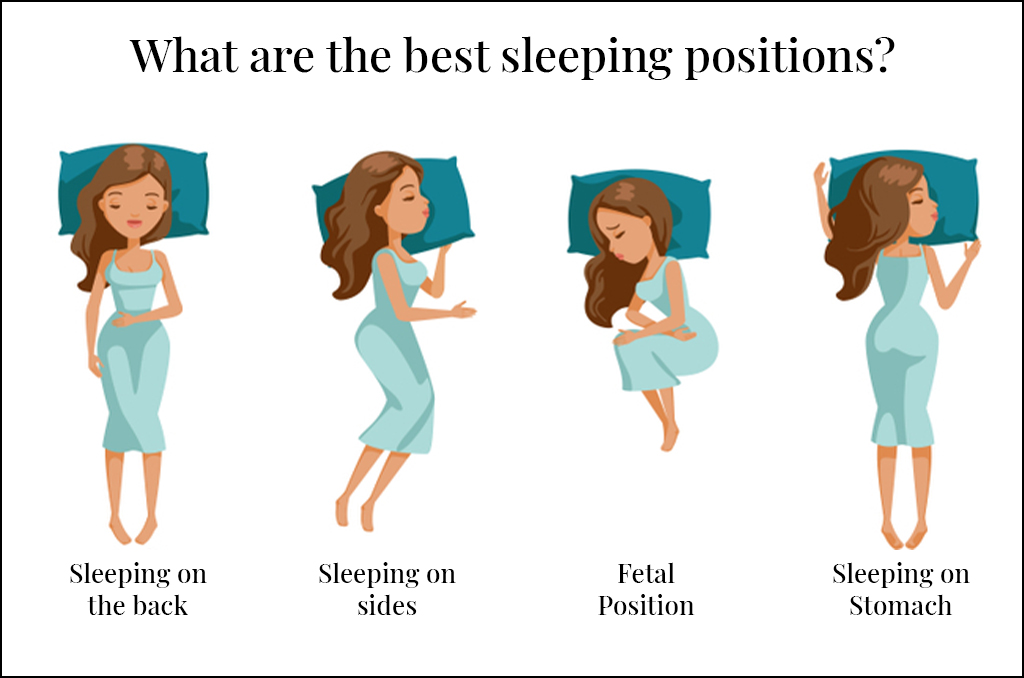


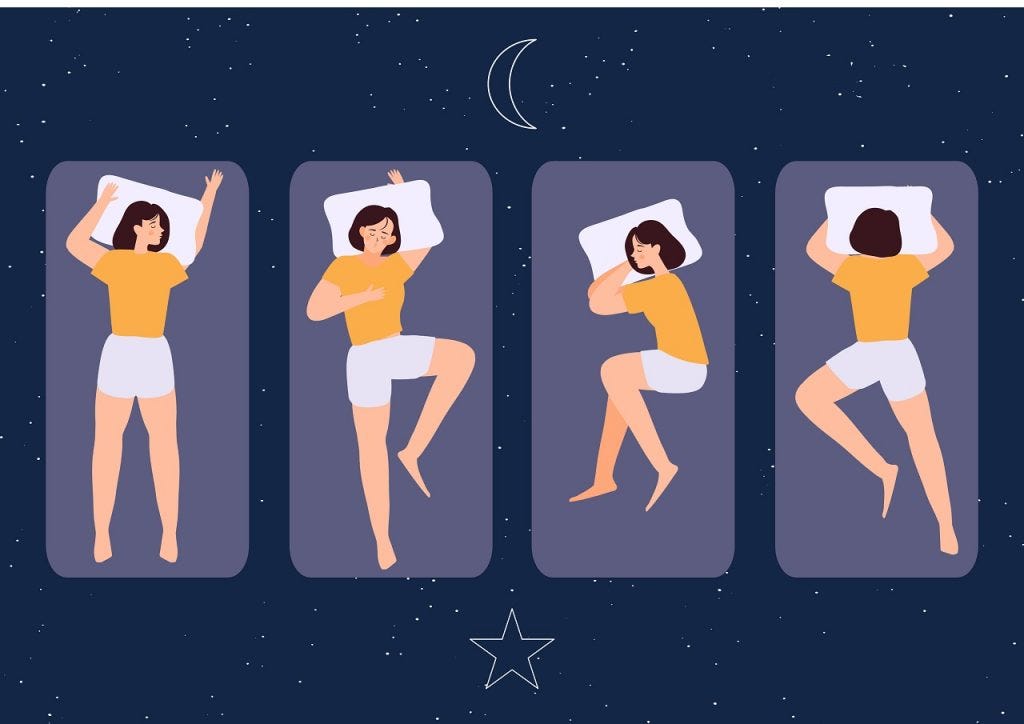
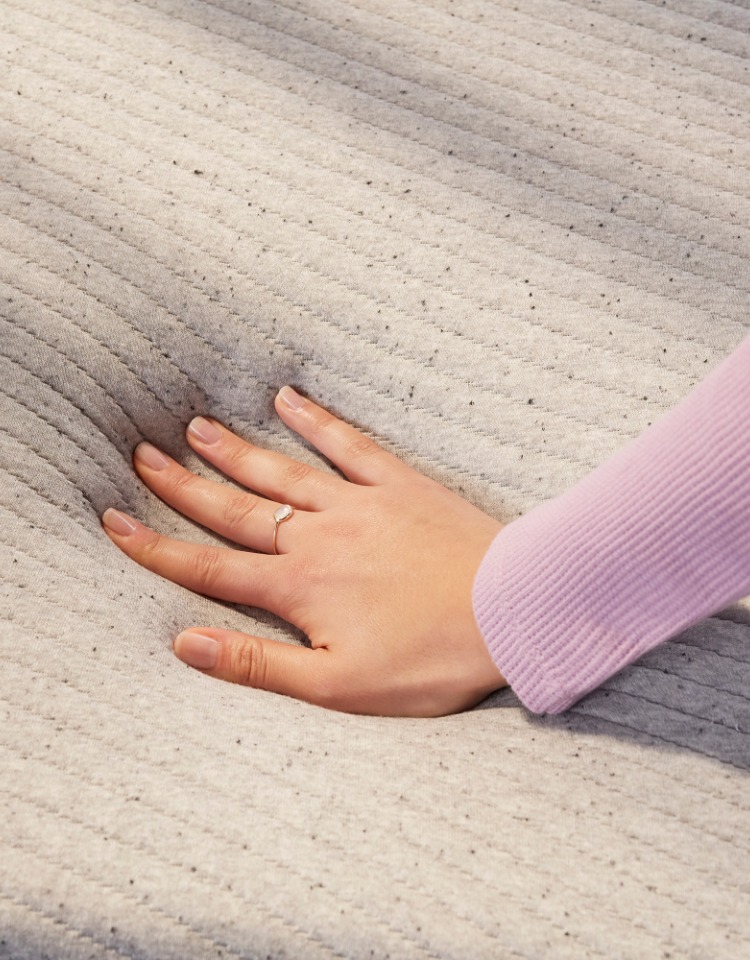
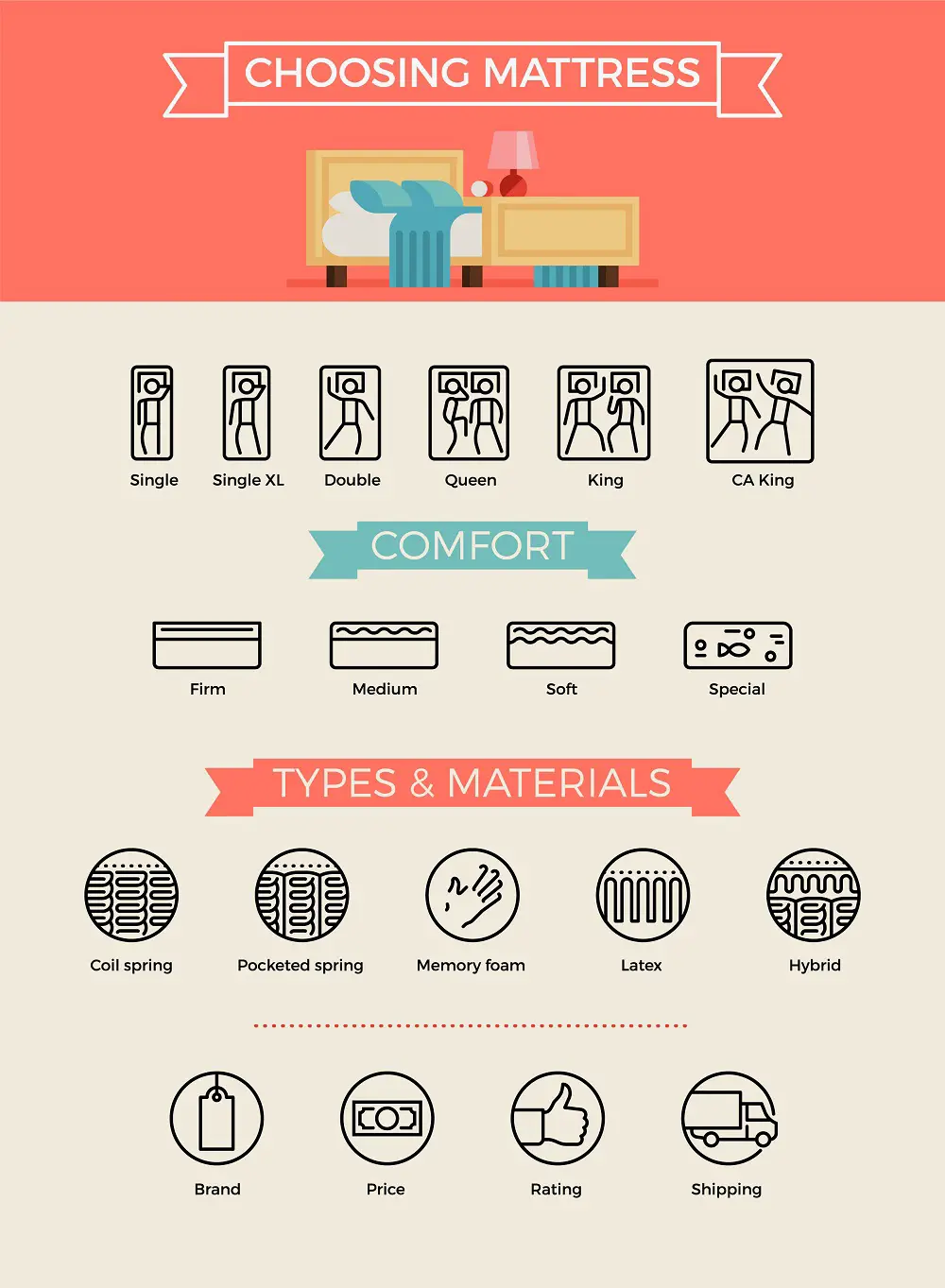













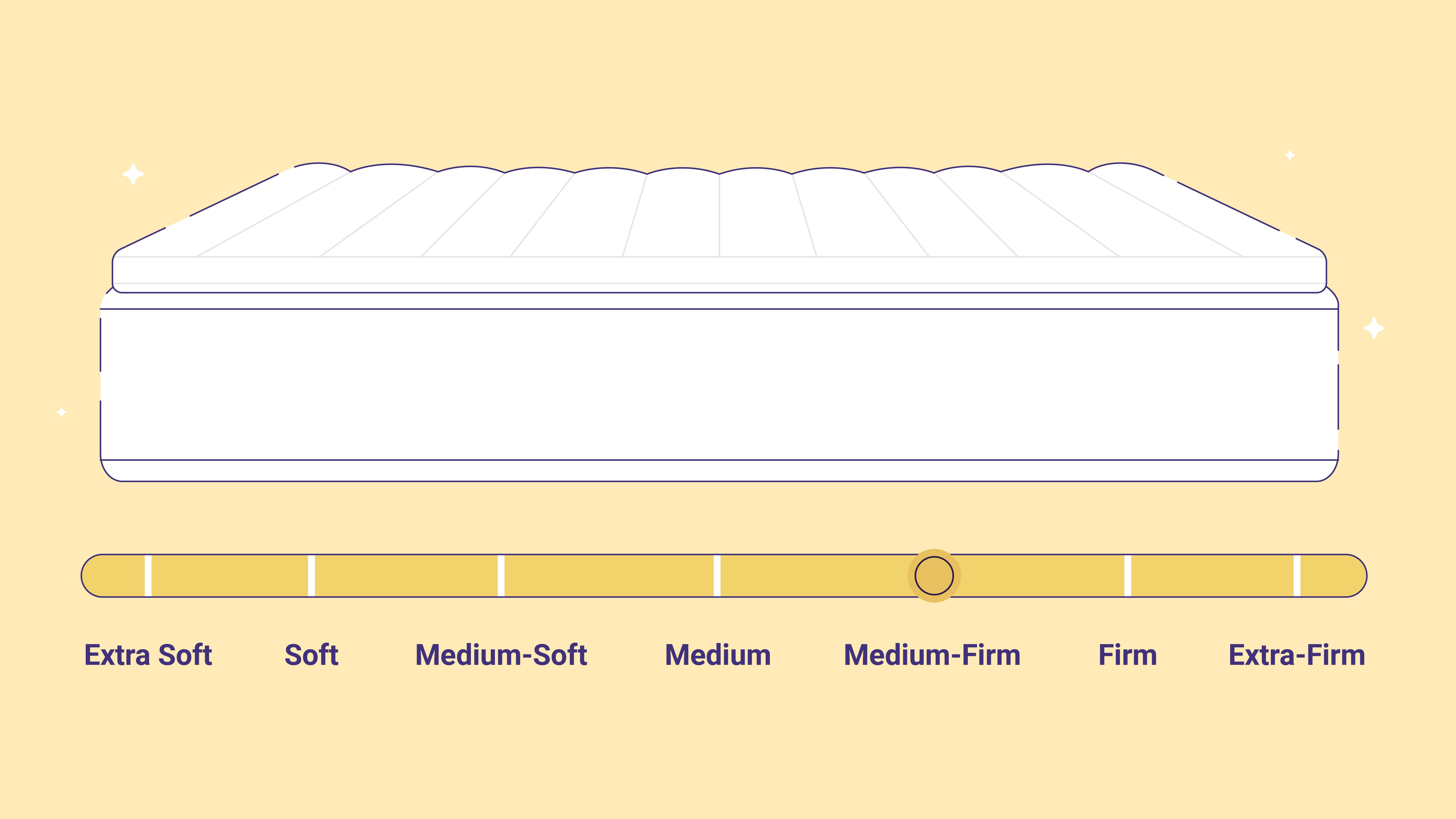





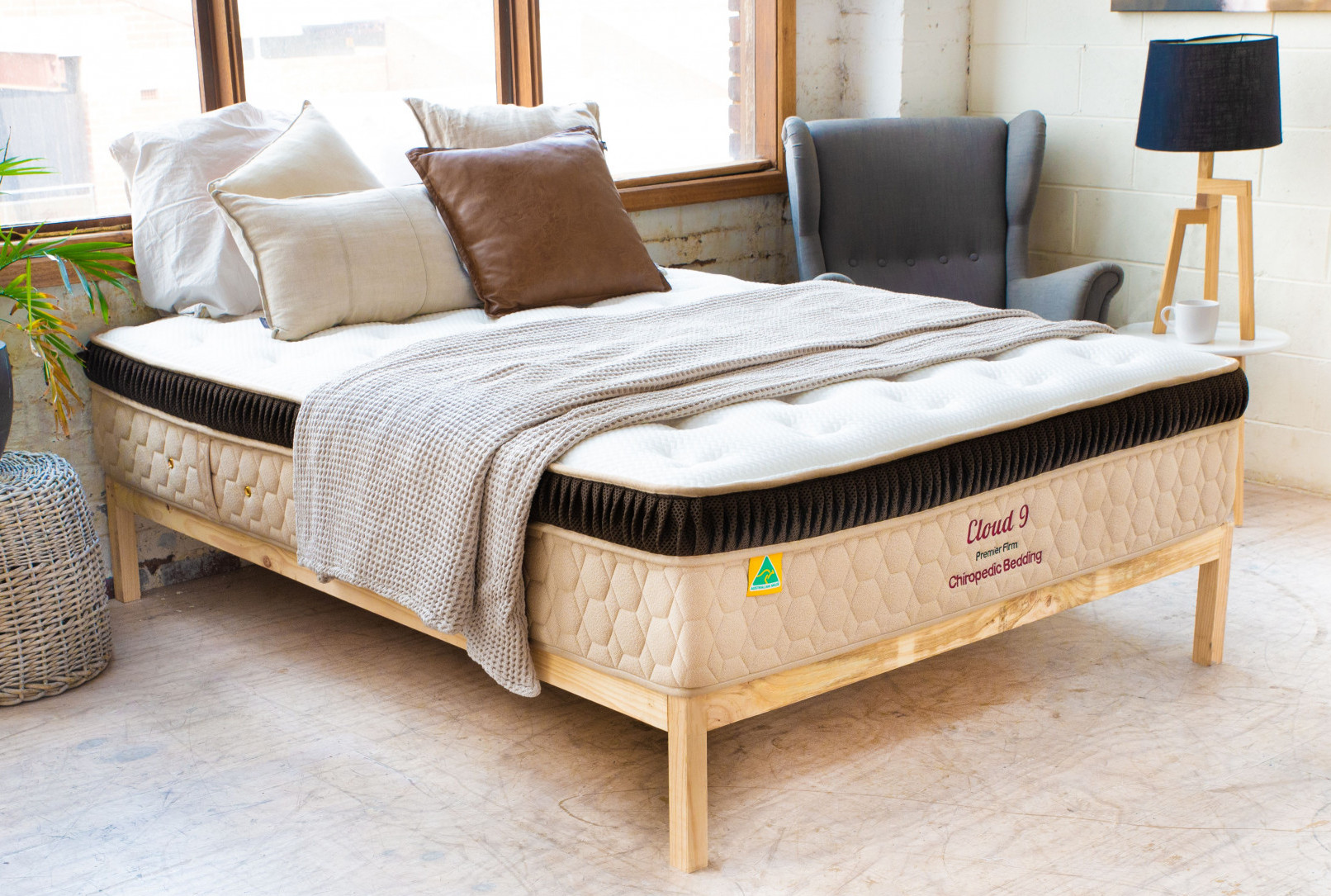



/SPR-Home-9-best-firm-mattresses-4150339-primary-55ac88adb4c04ca1a44f4f89fe474821.jpg)



/GettyImages-1196652939-7a535be1706a46d88e223c9df75785b9.jpg)



